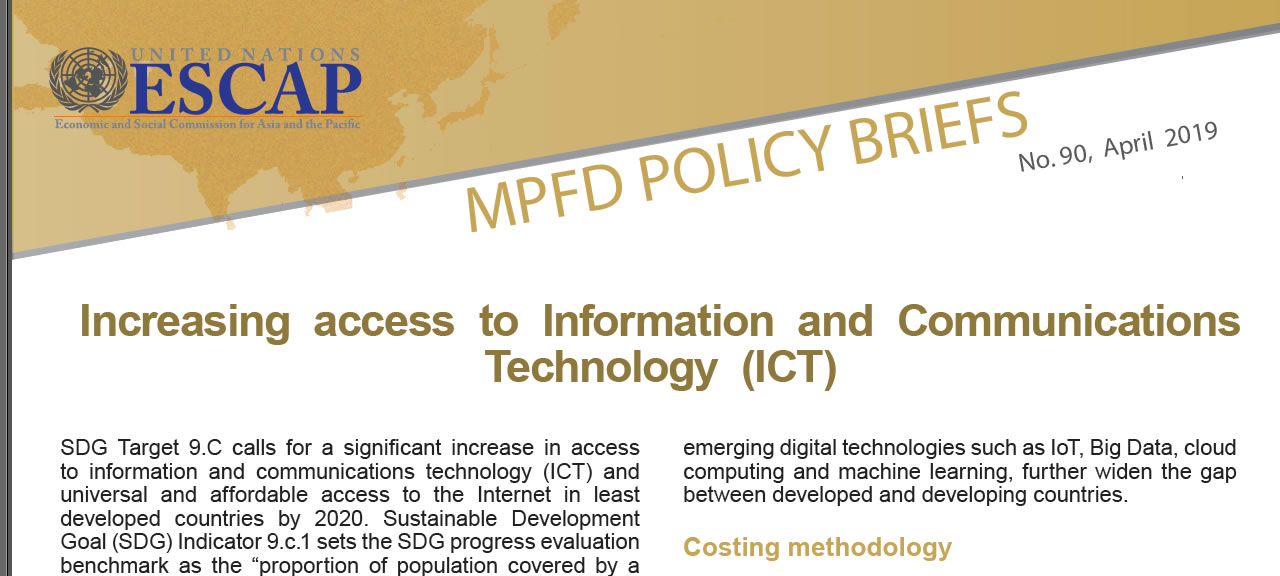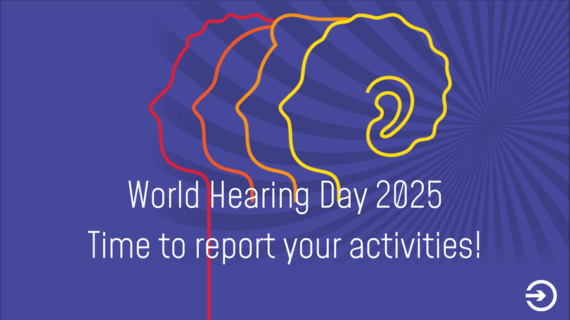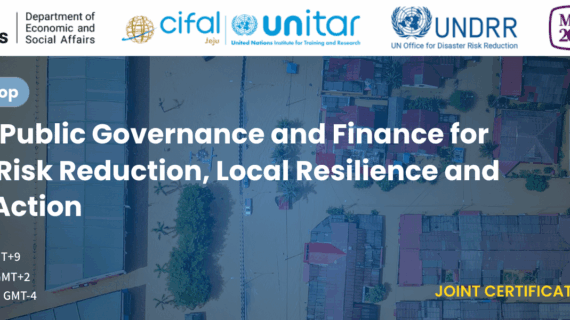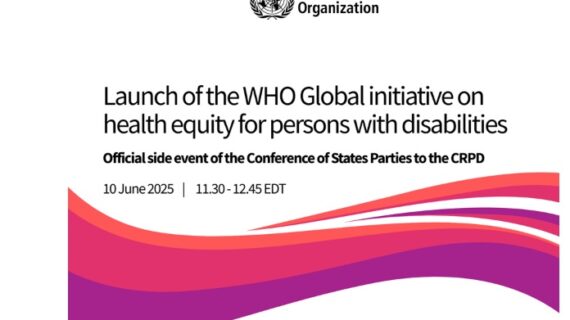Increasing access to Information and Communications Technology (ICT)
SDG Target 9.C calls for a significant increase in access to information and communications technology (ICT) and
universal and affordable access to the Internet in least developed countries by 2020. Sustainable Development
Goal (SDG) Indicator 9.c.1 sets the SDG progress evaluation benchmark as the “proportion of population covered by a
mobile network, by technology”.
ICT is also an essential component of other SDGs: Indicator (gender equality) measures progress by the “proportion of individuals who own a mobile telephone, by sex”; Indicator (partnerships) uses “fixed Internet broadband subscriptions, per 100 inhabitants by speed” and indicator (partnerships), the “proportion of individuals using the Internet”, as benchmarks for progress in achieving the goal.
ICT is an essential element in achieving the 2030 Agenda as it can be used to catalyse progress in other SDGs. Examples include jobs (SDG 8), resilient agricultural practices (SDG 2), efficient health services (SDG 3), widening access to online education (SDG 4), reducing the gender divide through increasing women’s access to the Internet (SDG 5), resource efficiency through smart grids (SDG 6 and 7) 1 , increasing productivity in the manufacturing sector and reducing greenhouse gas emissions (SDG 9, SDG 13) through the Internet of Things (IoTs), 3D printing, and
electricity grids.
ICT also promotes digital inclusion through mobile finance applications (SDG 10) and better rural-urban
connectivity (SDG 11)2 and conservation and sustainable use of marine and terrestrial resources (SDG 14, SDG 15).
ICT also promotes transparency by providing a platform to citizens to engage with government institutions (SDG 16).








